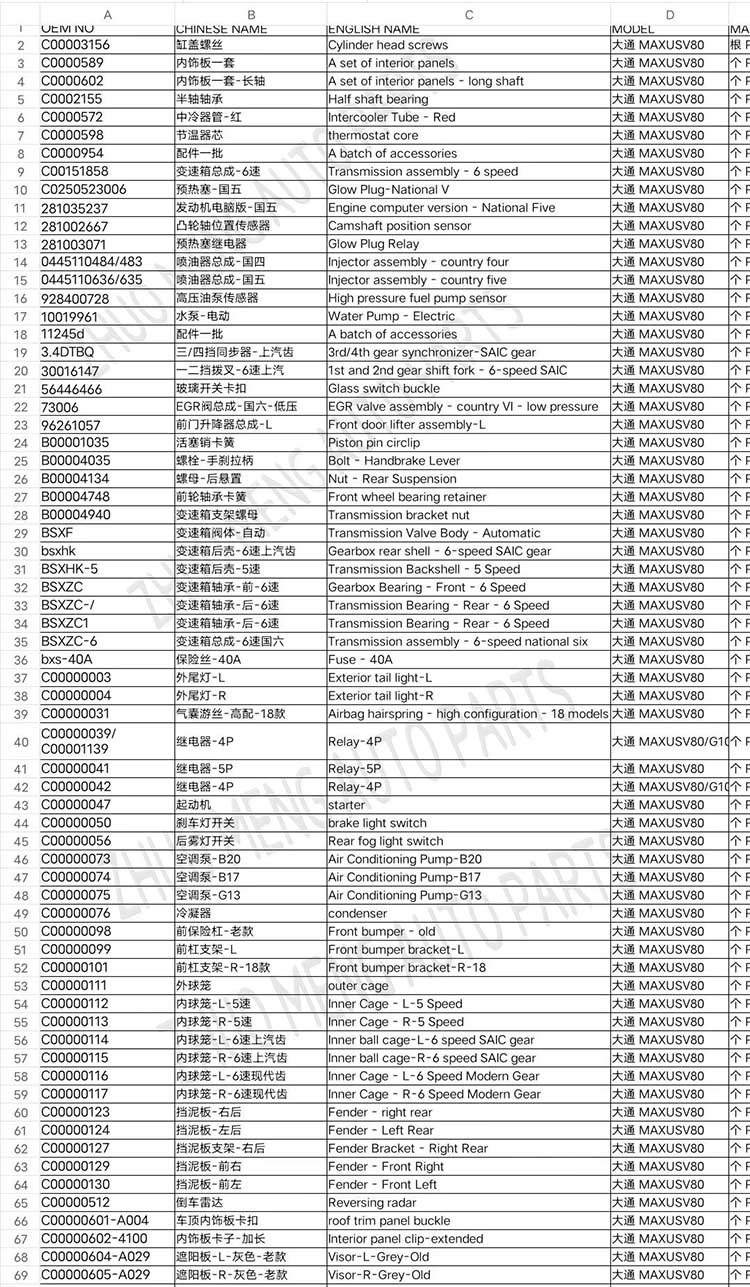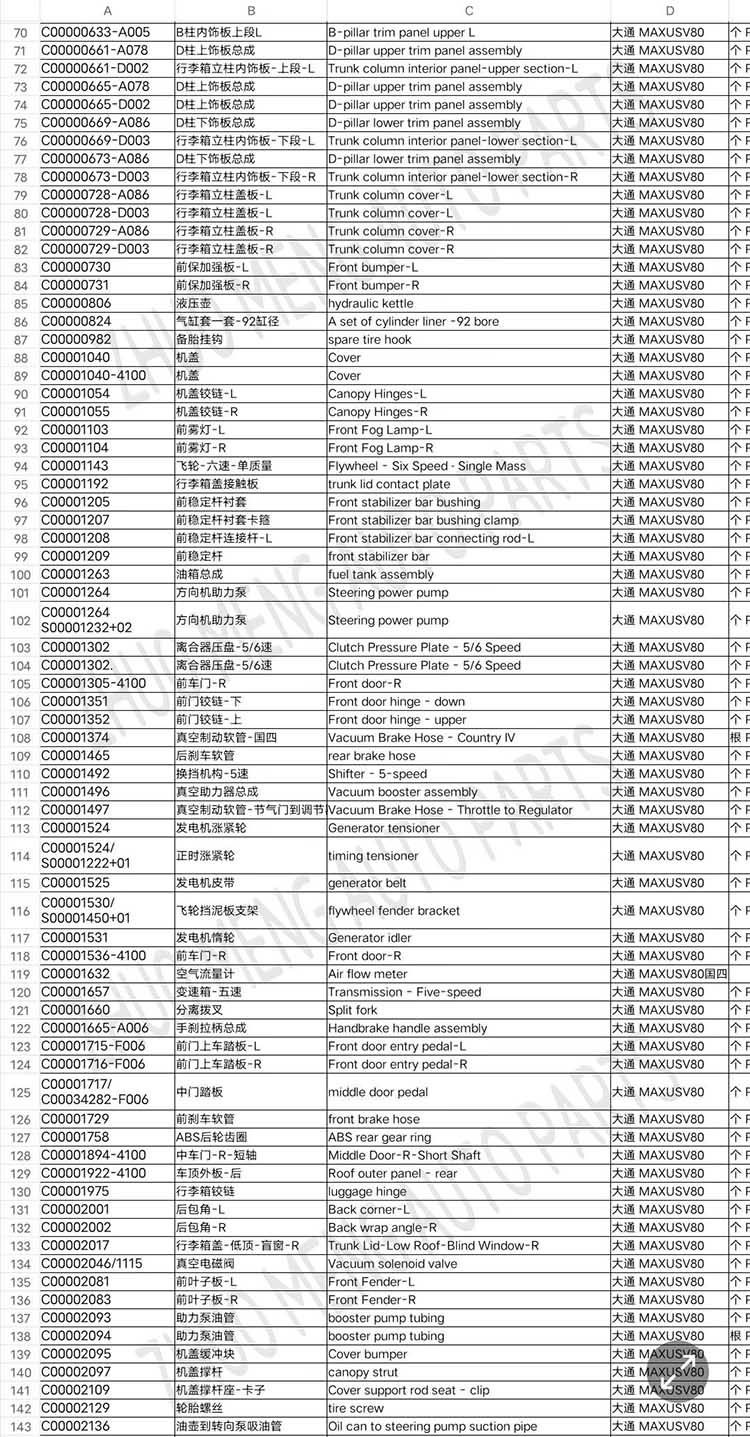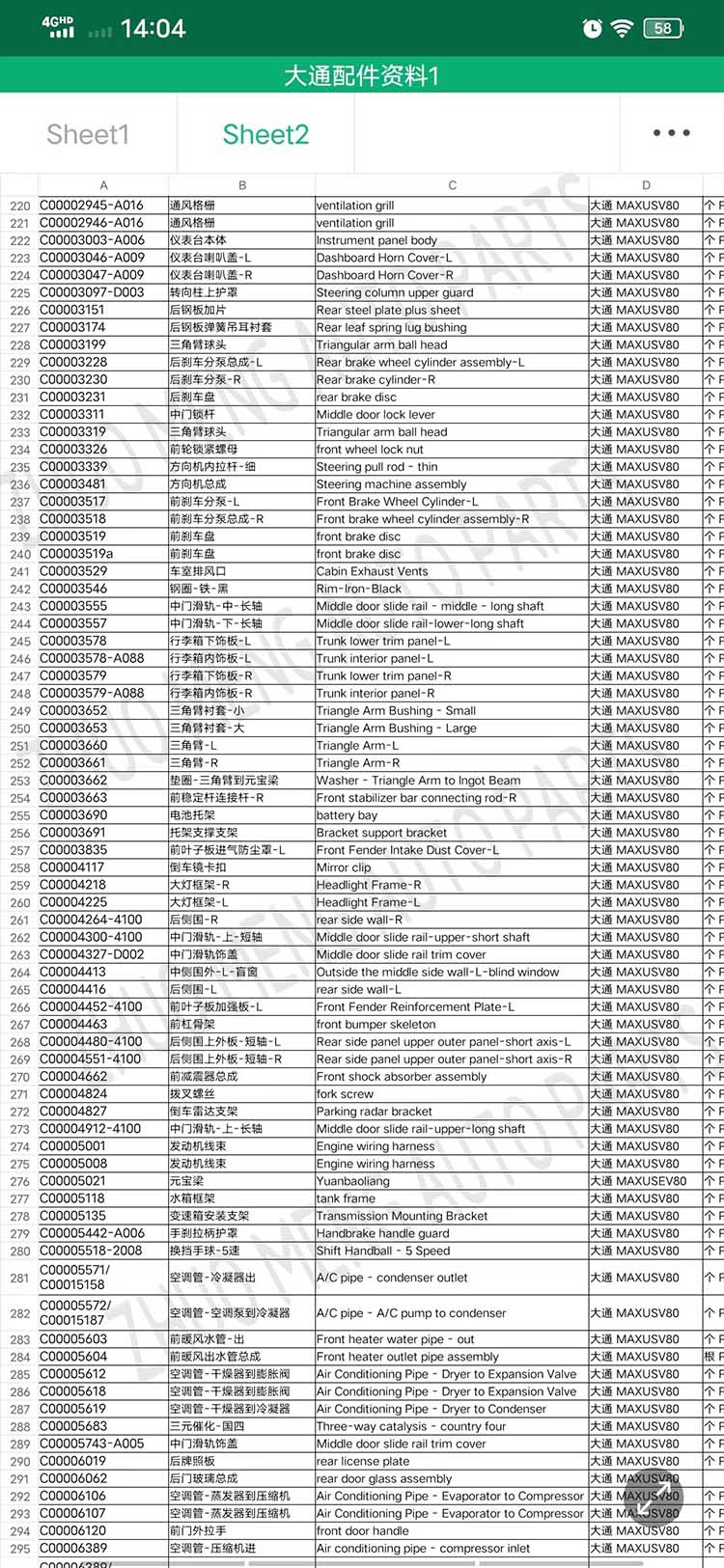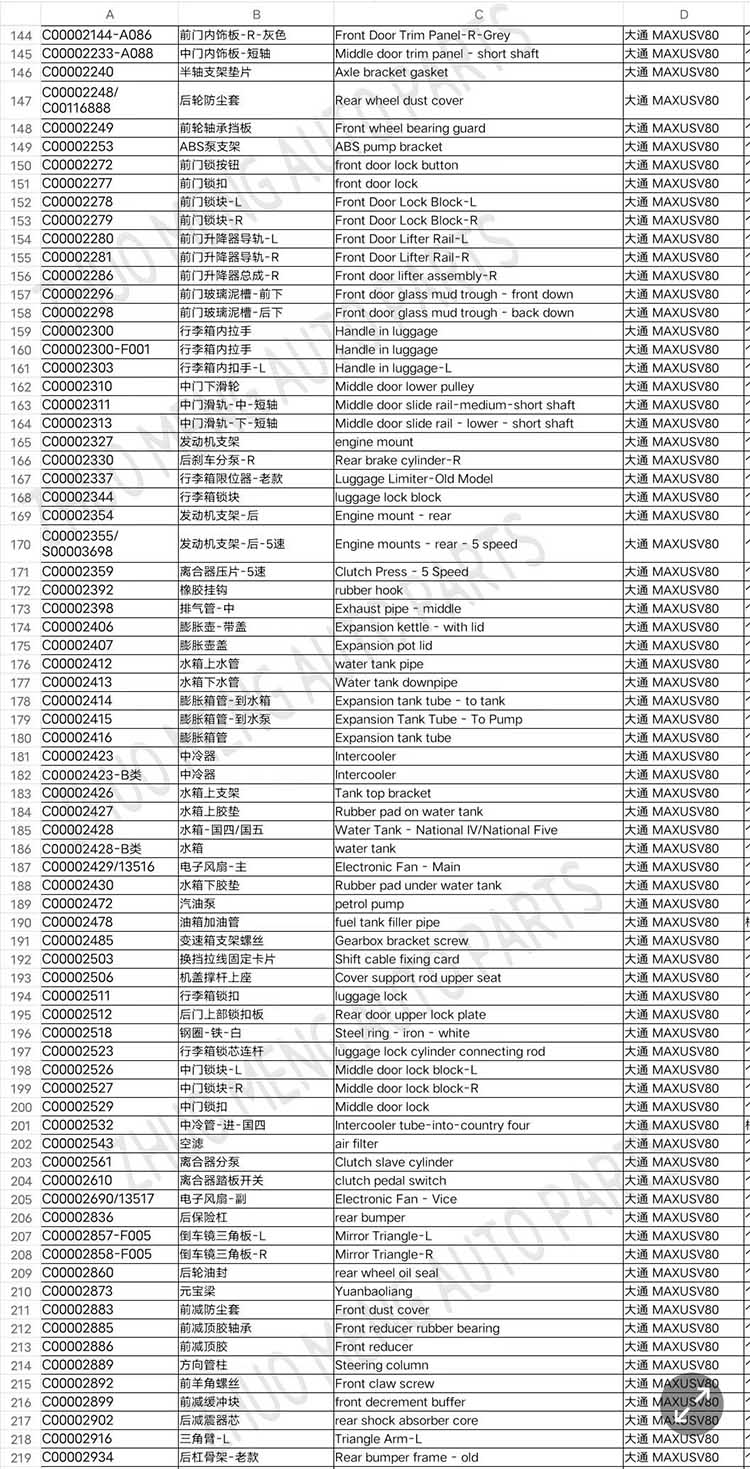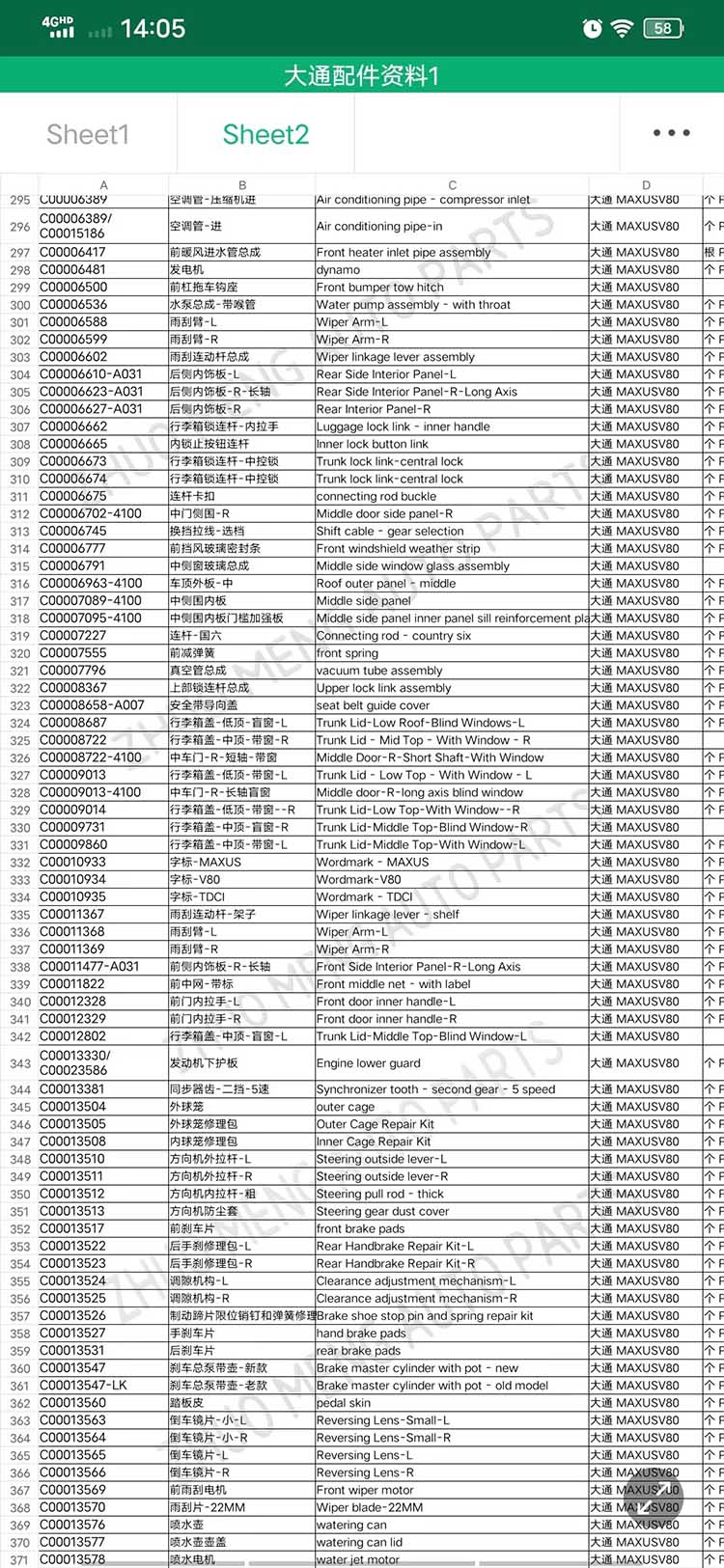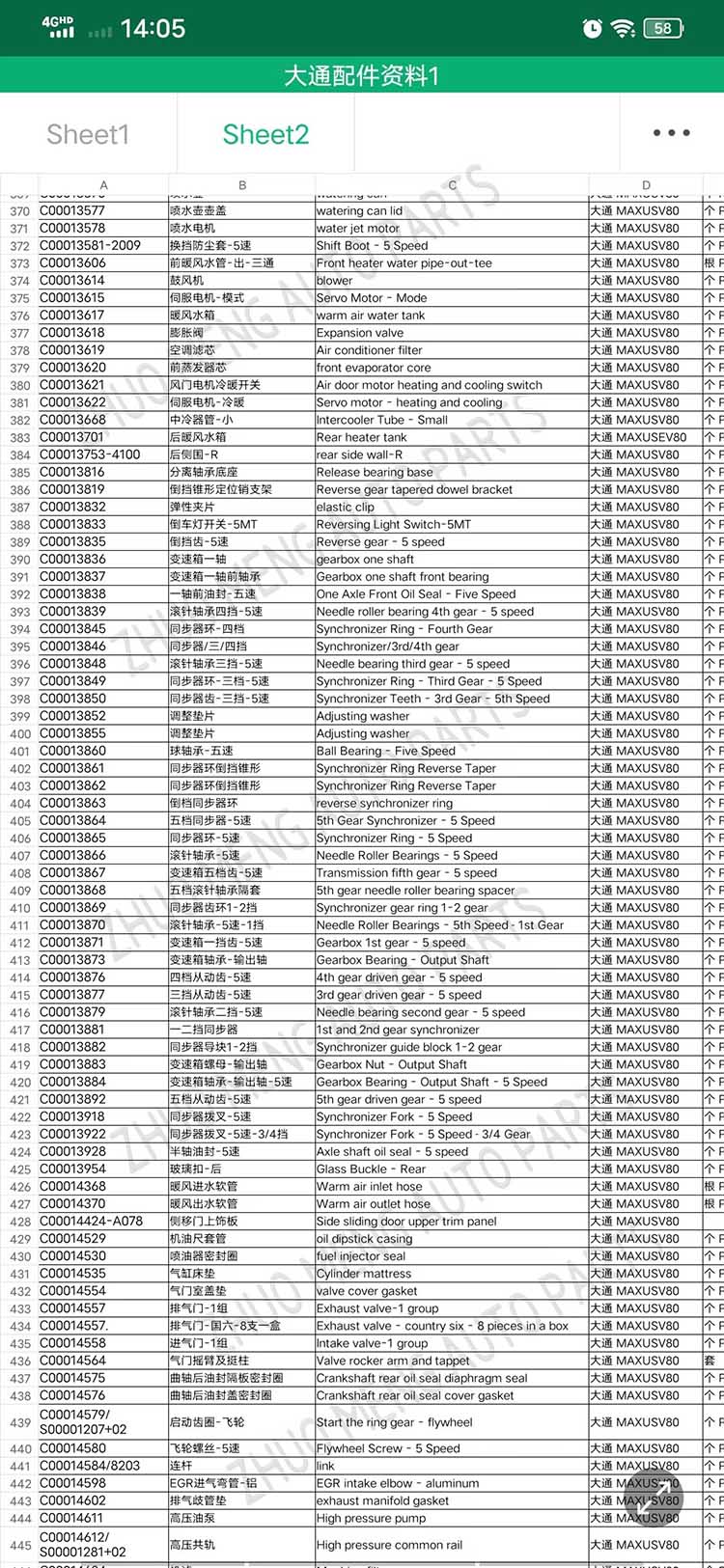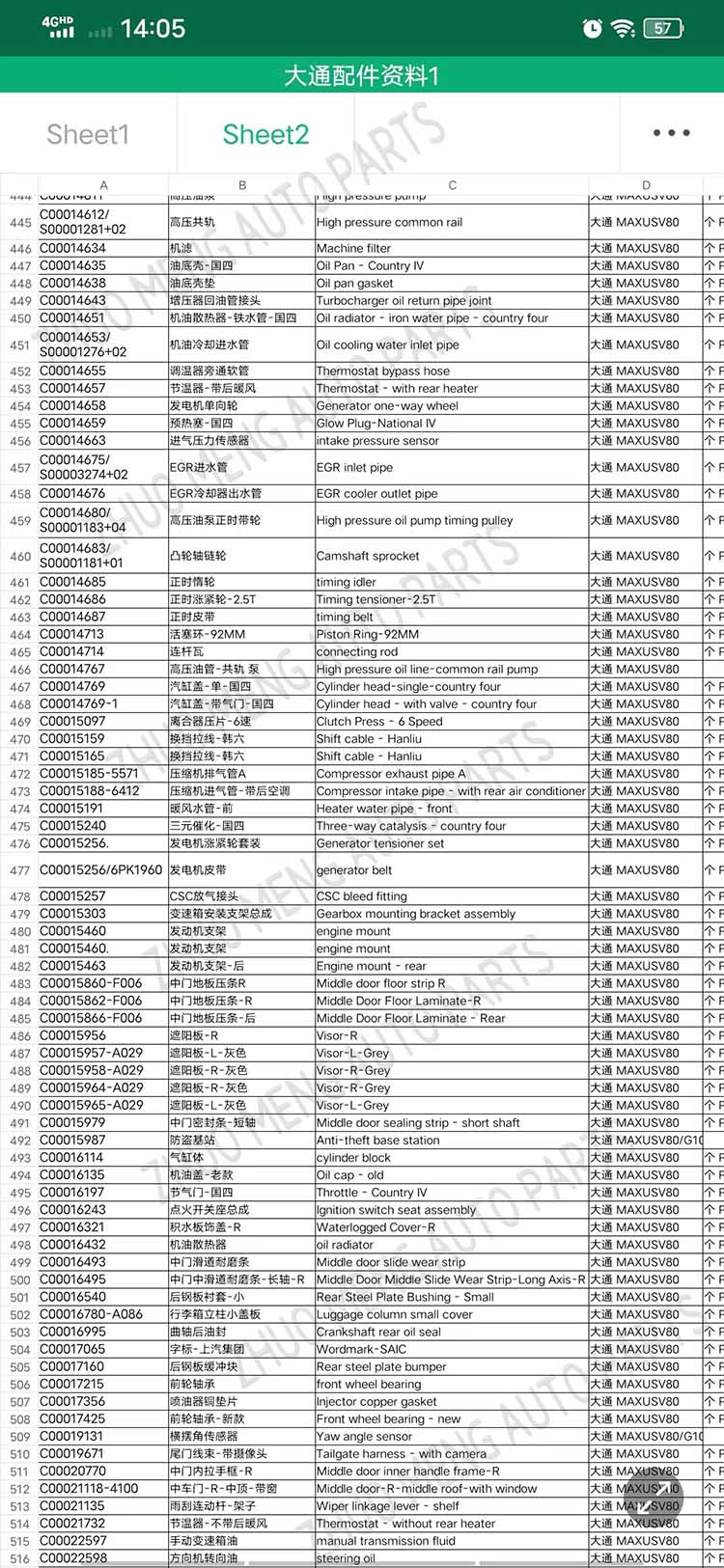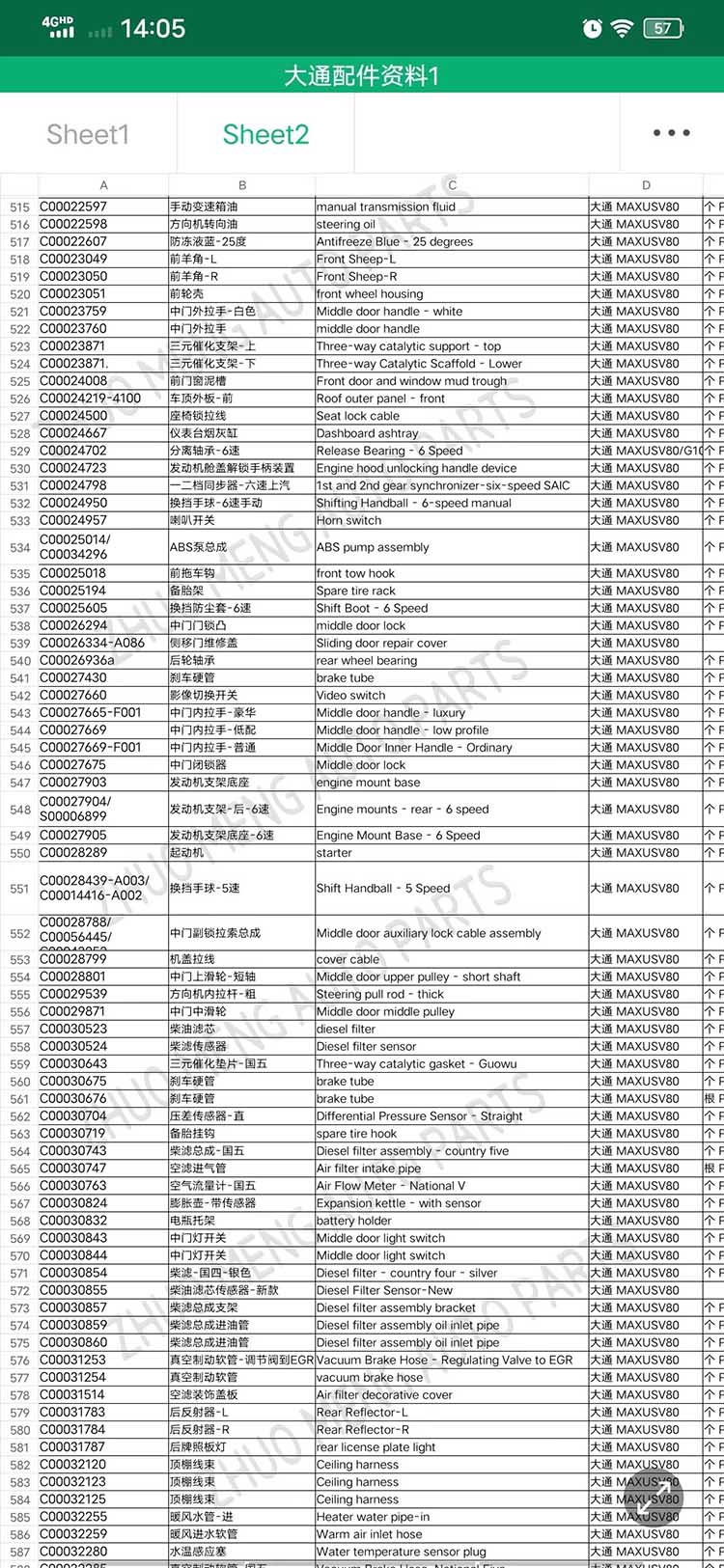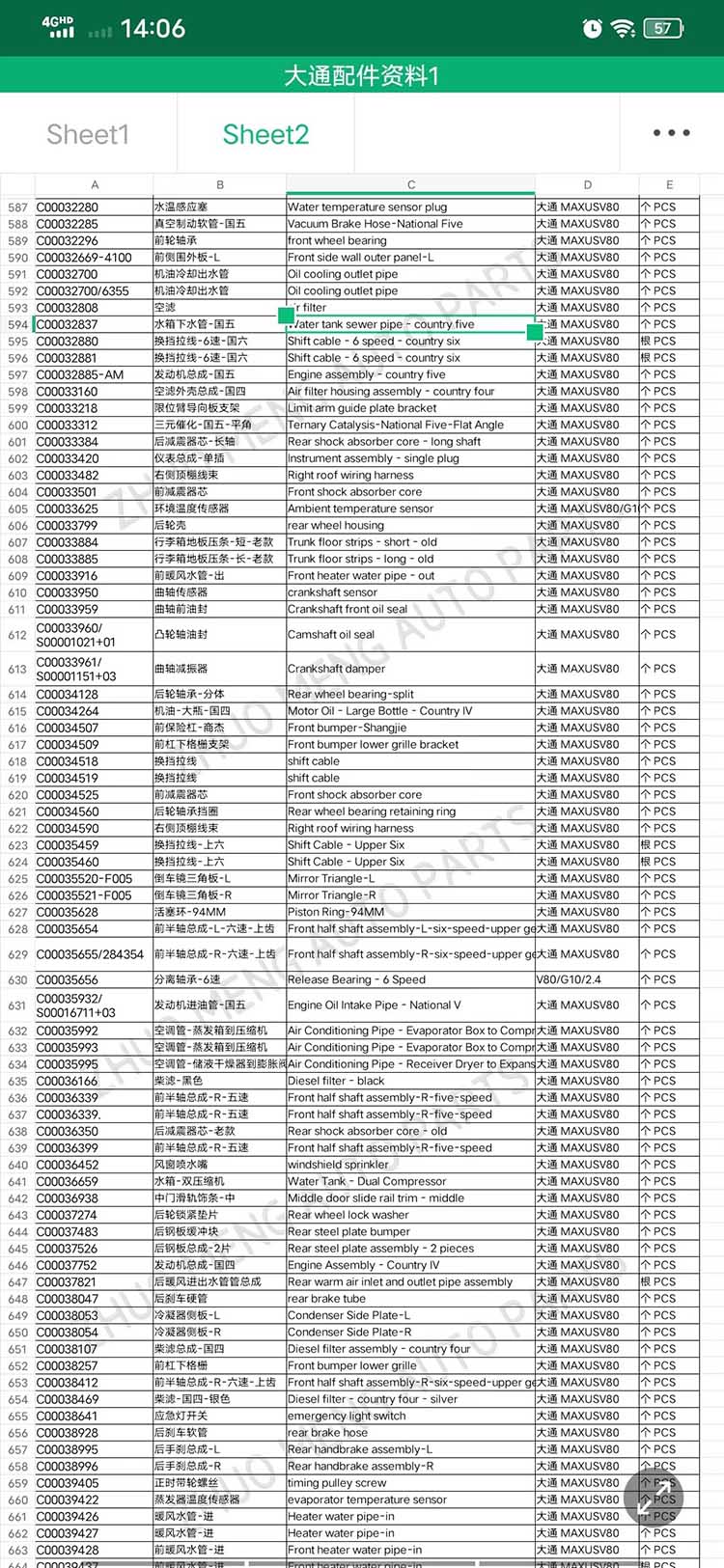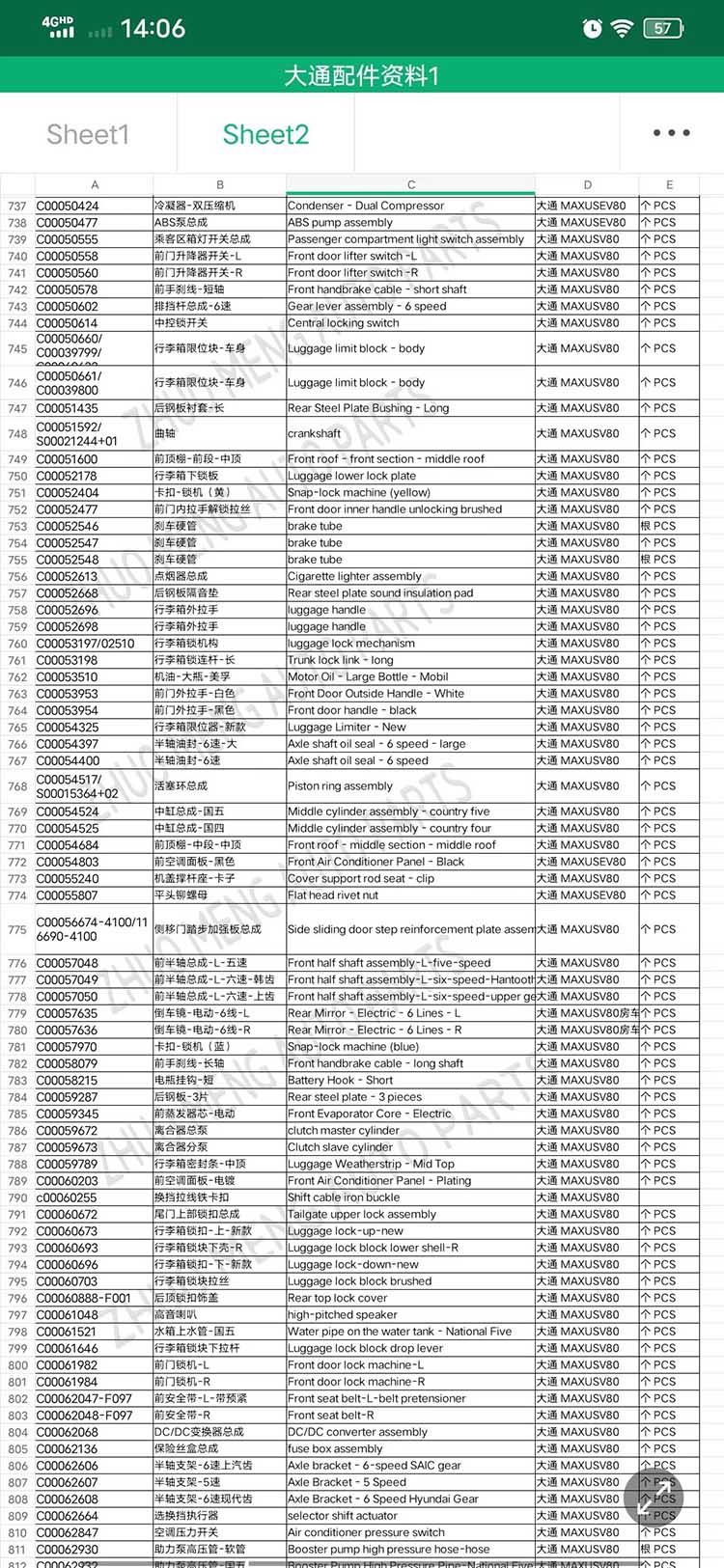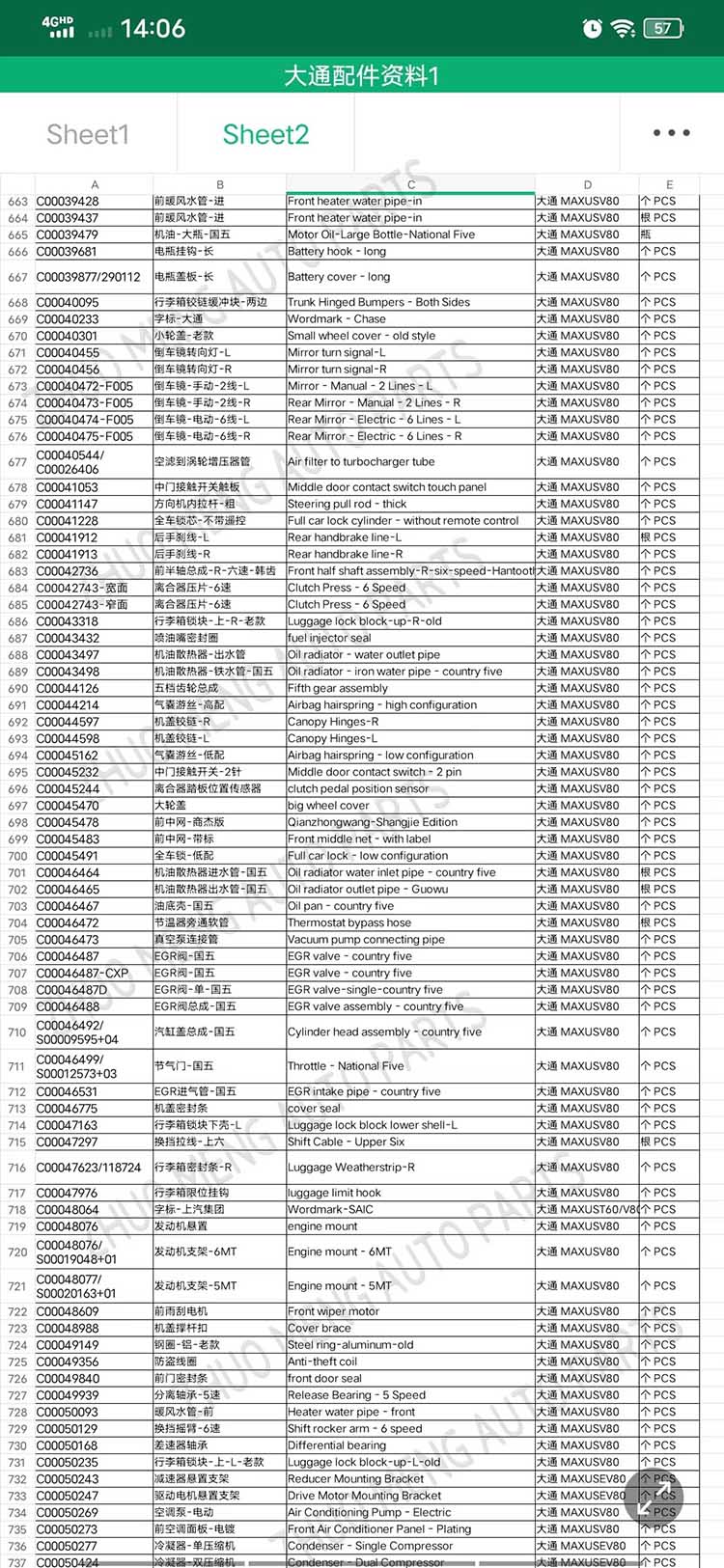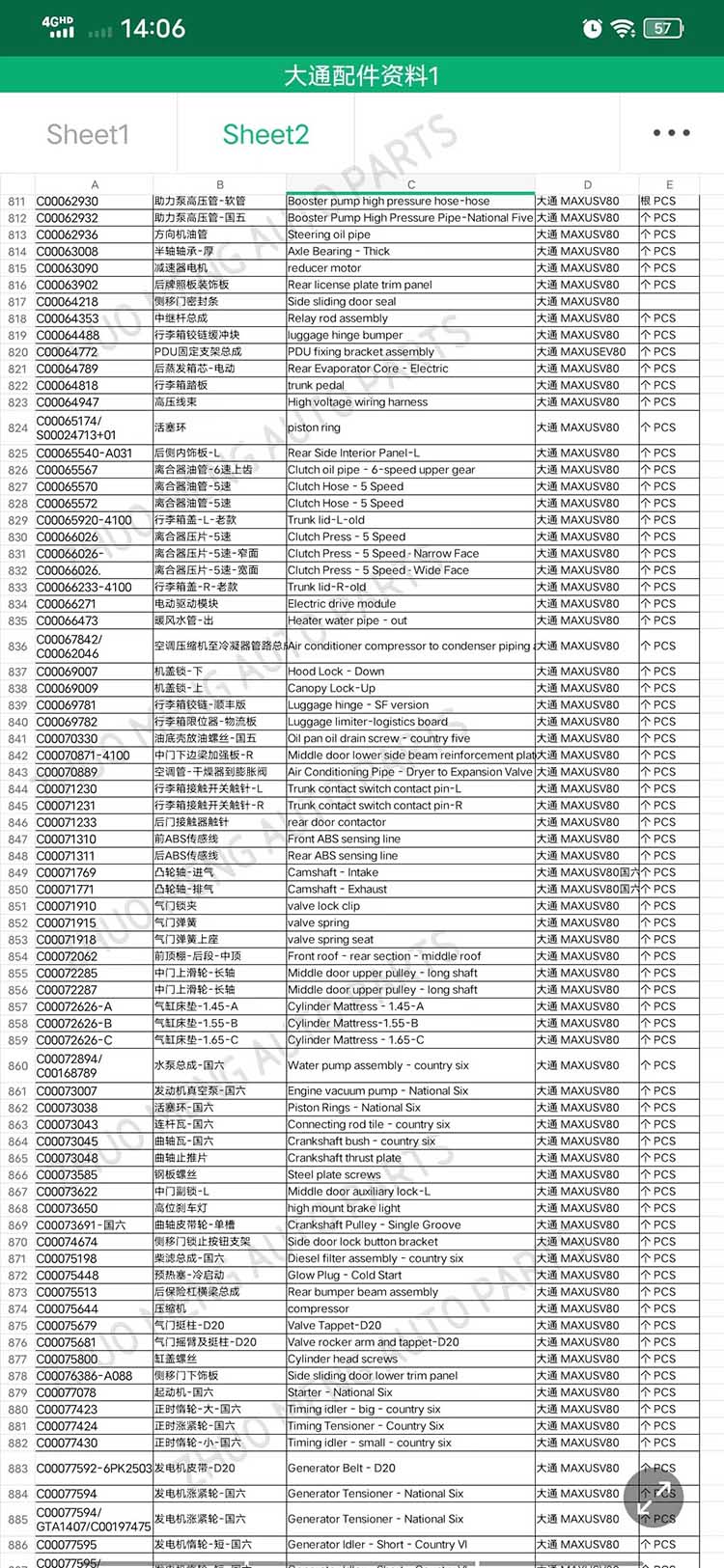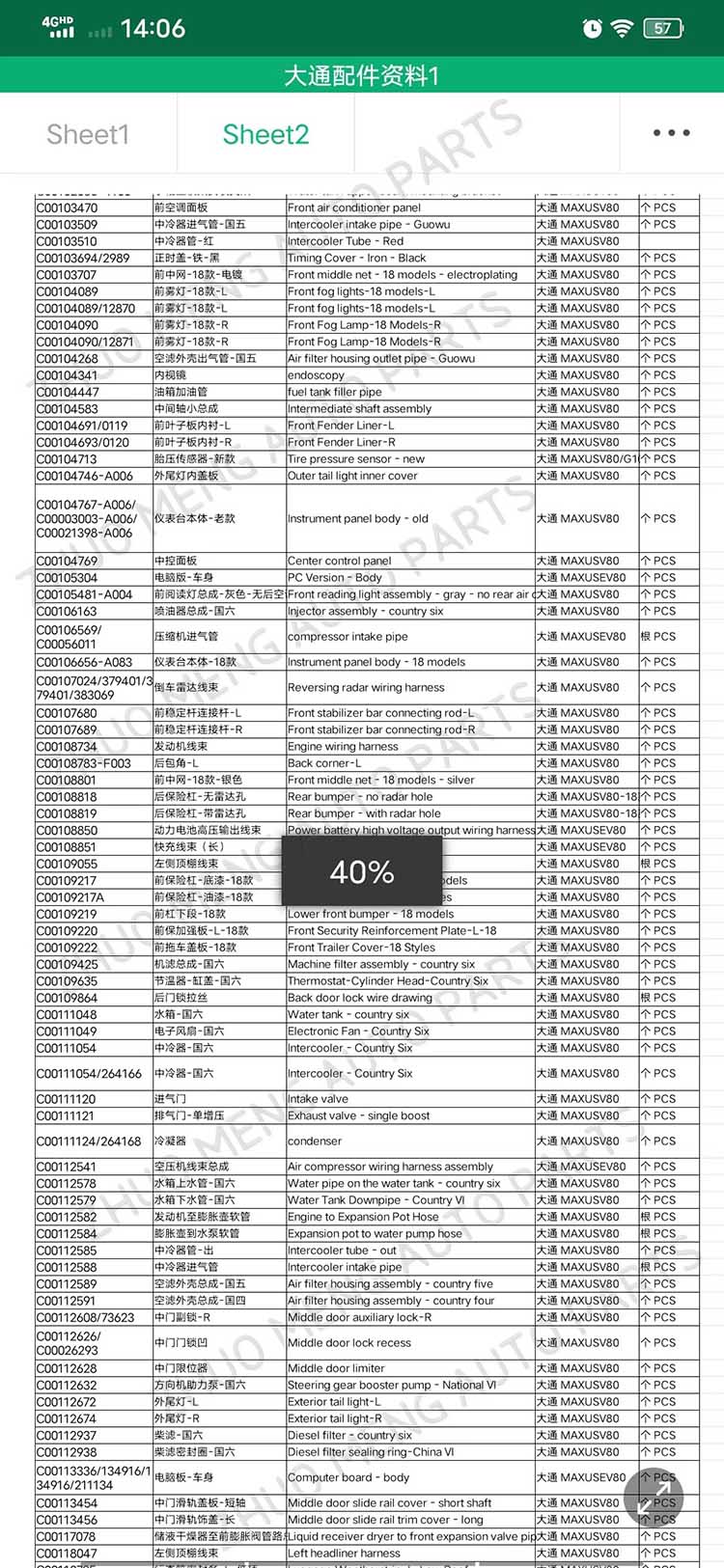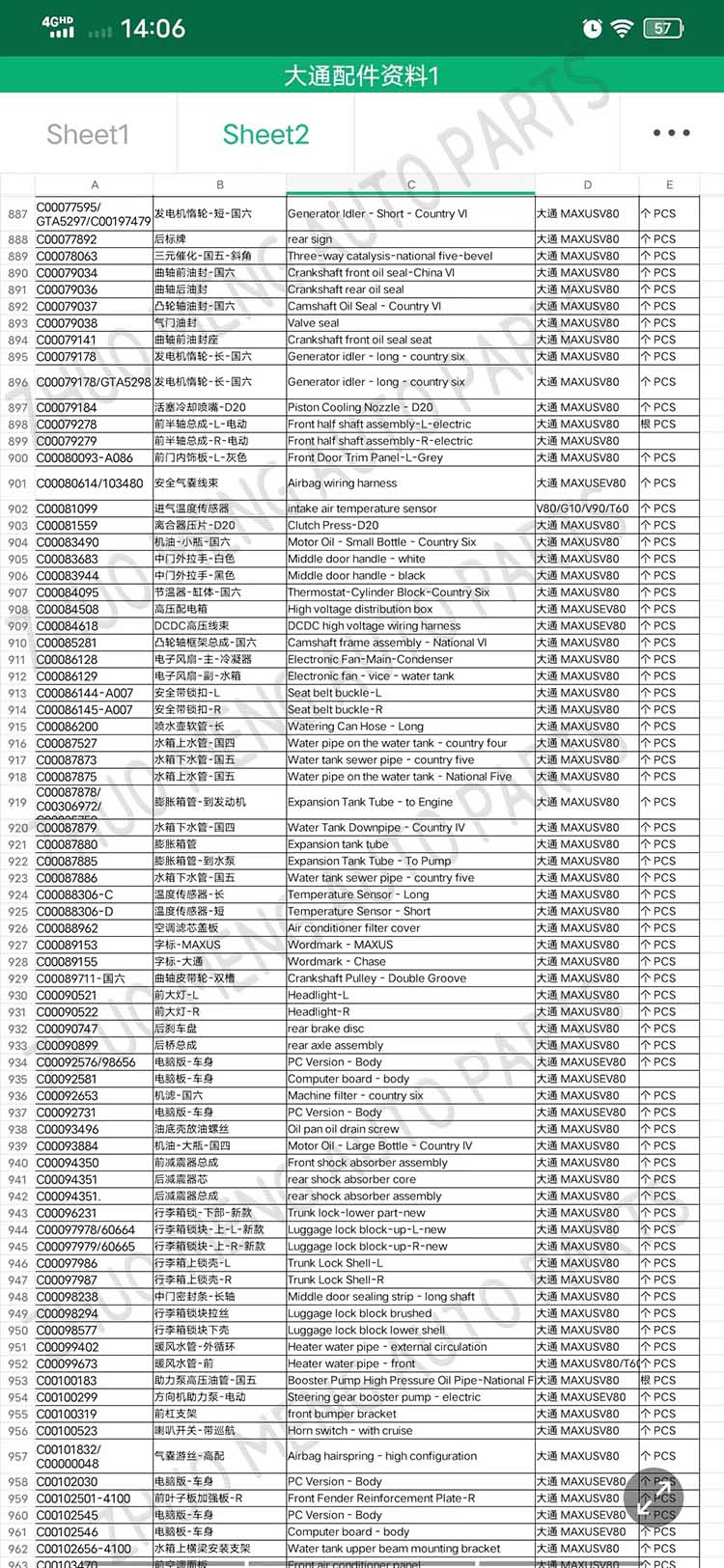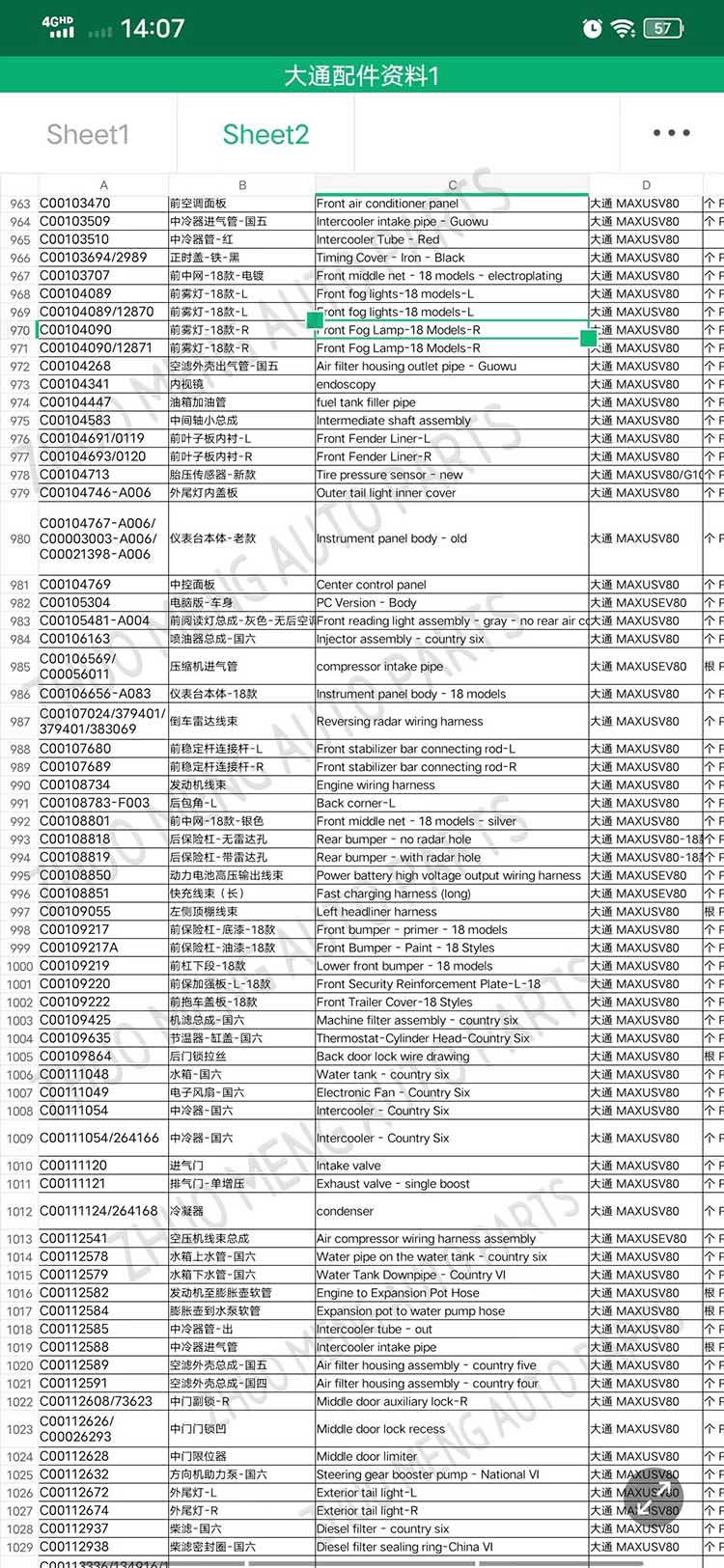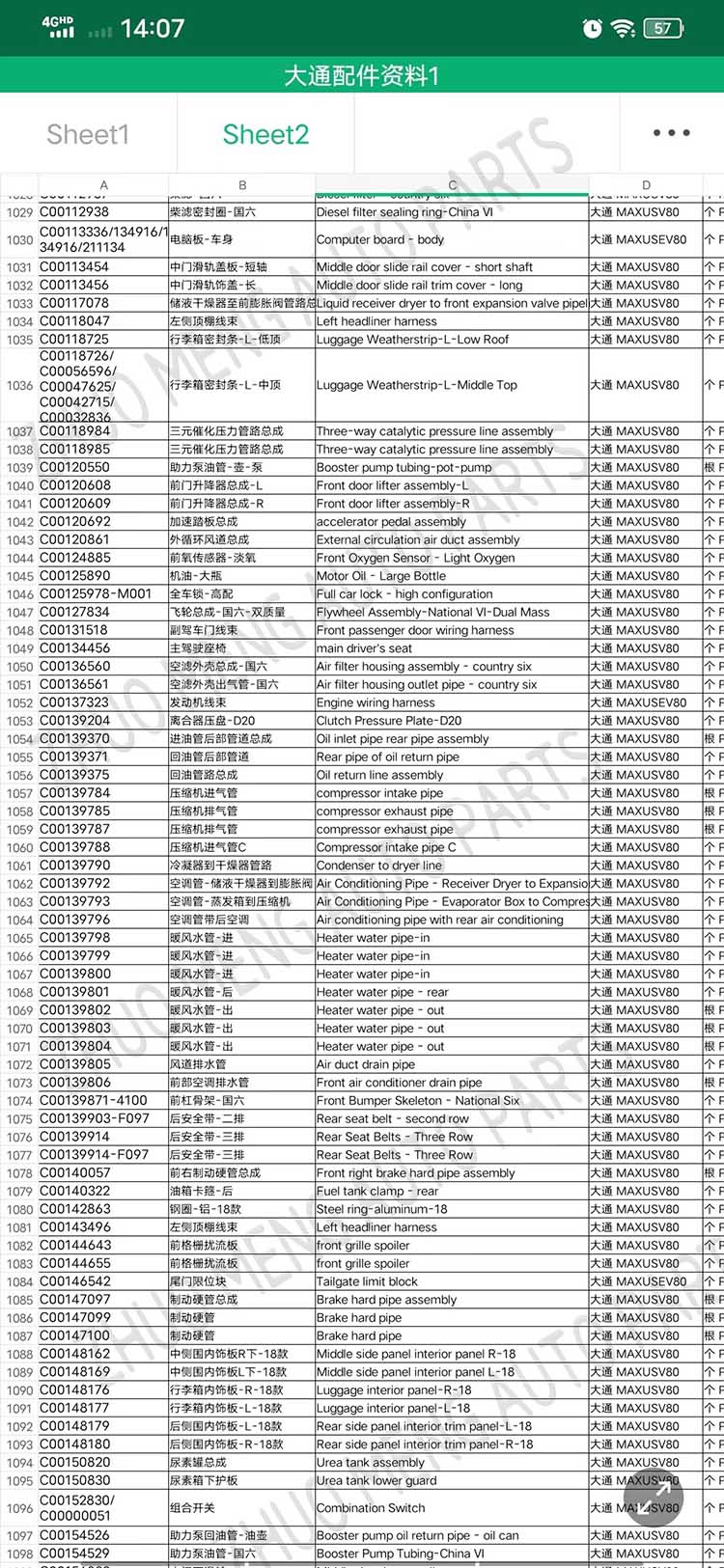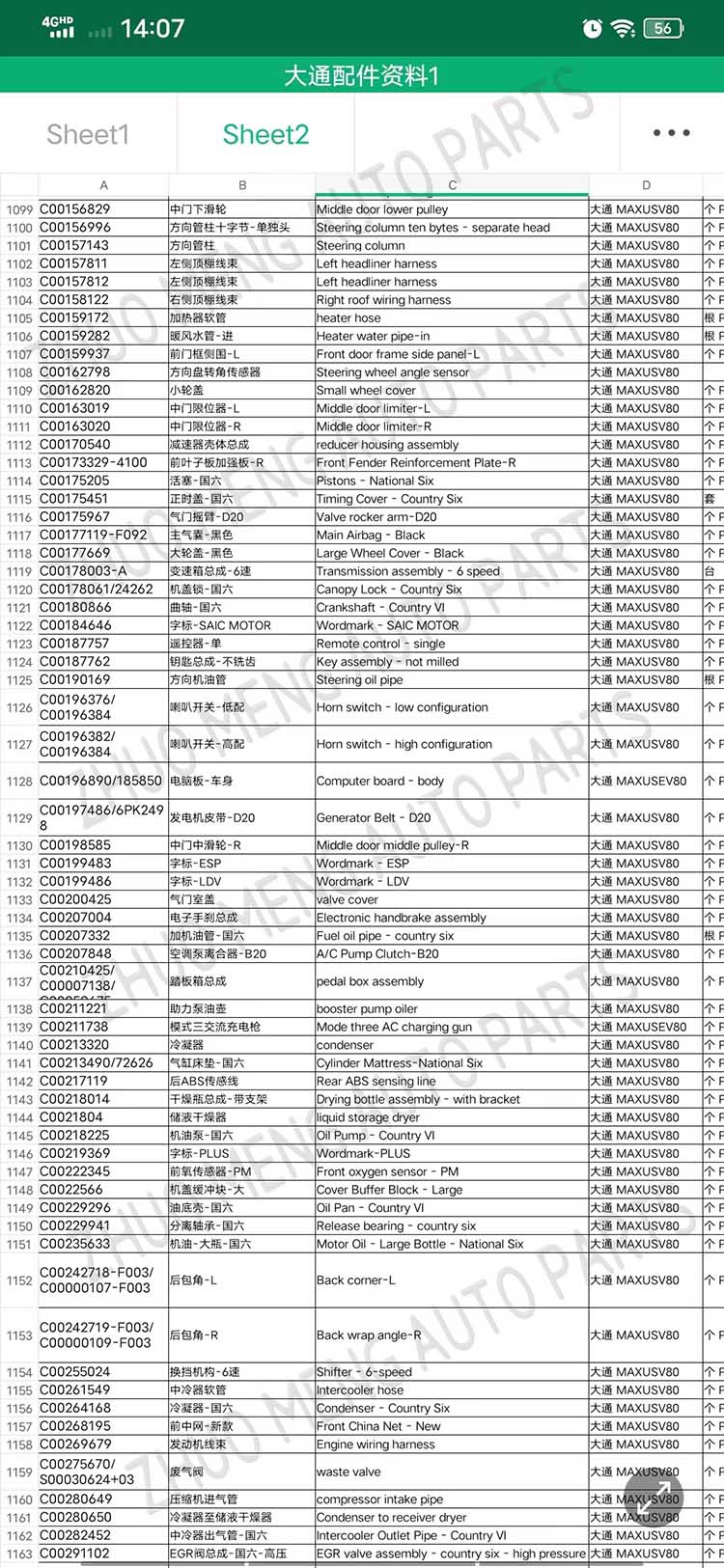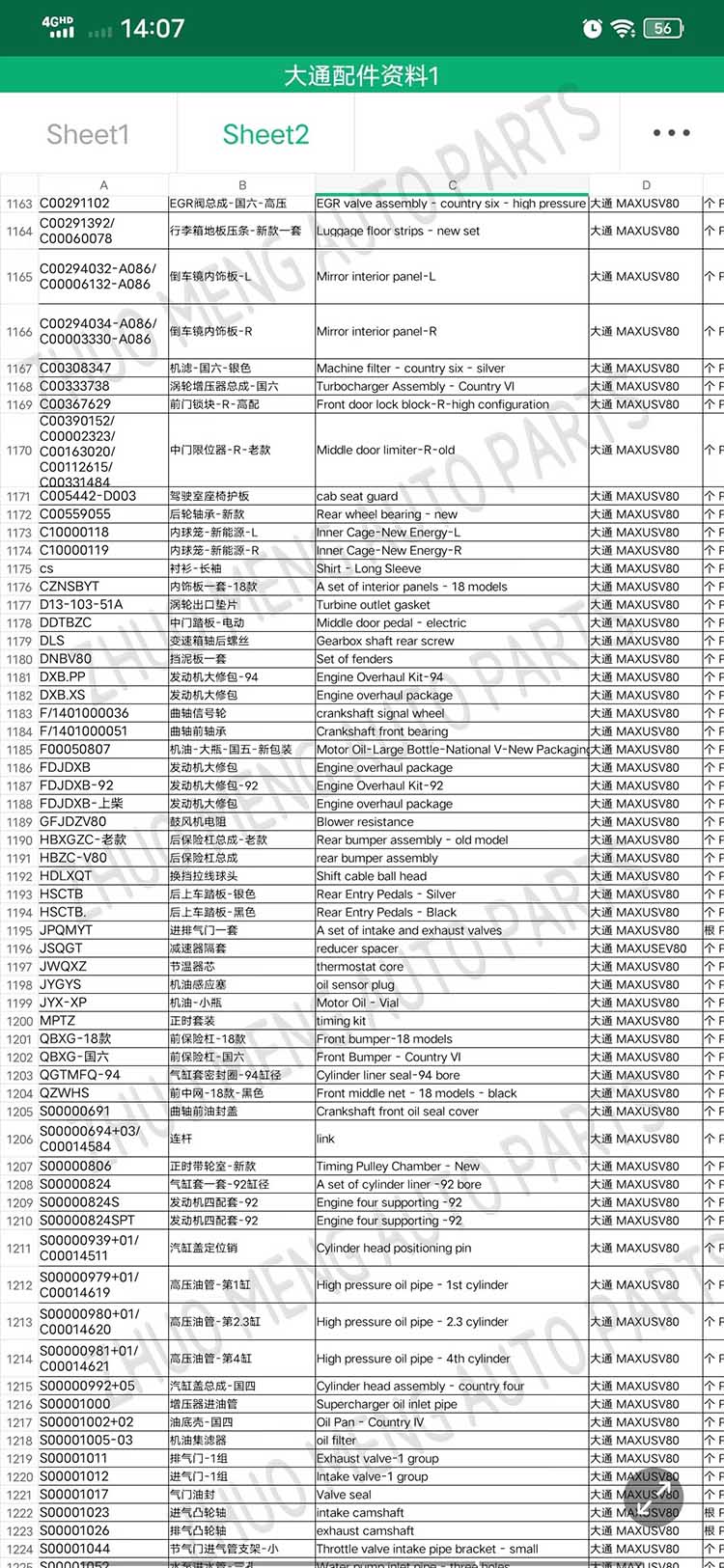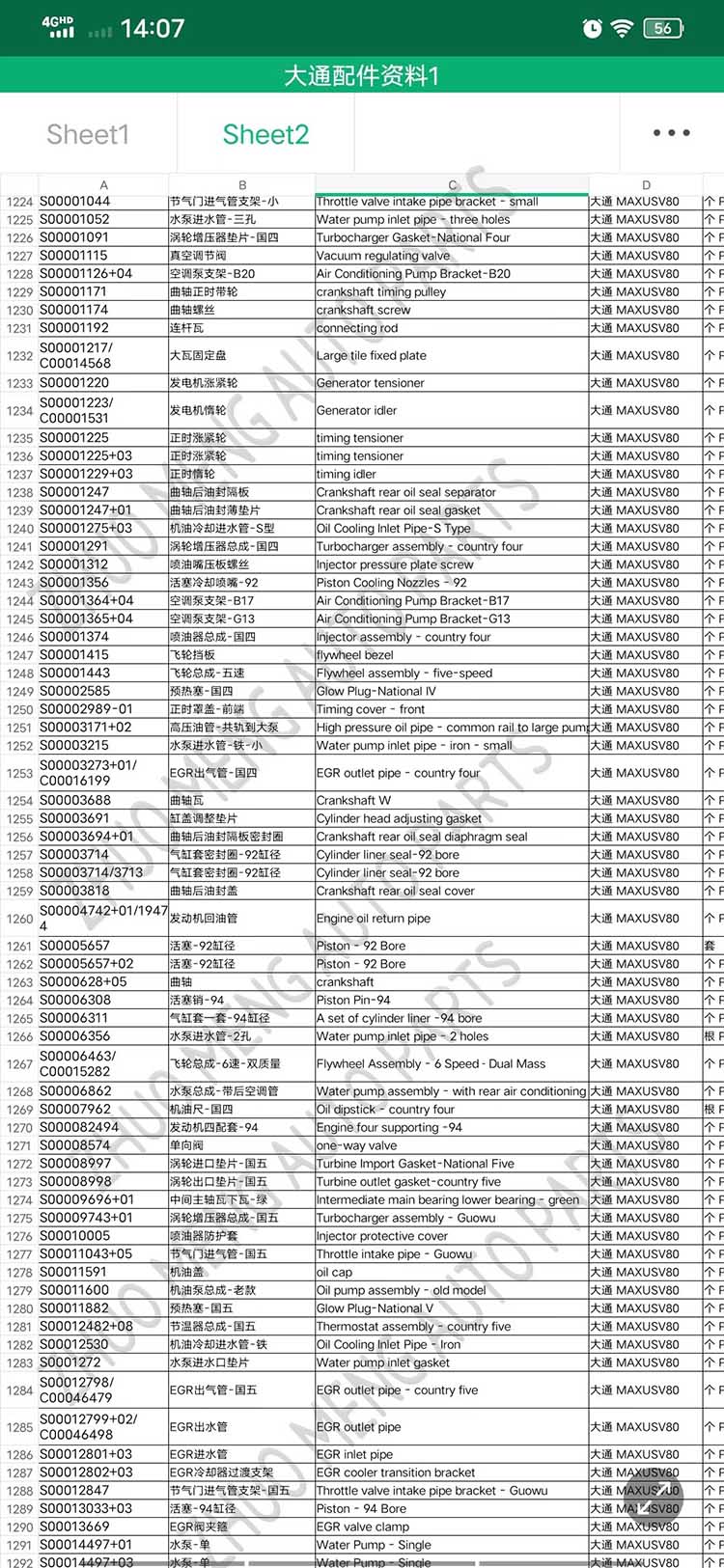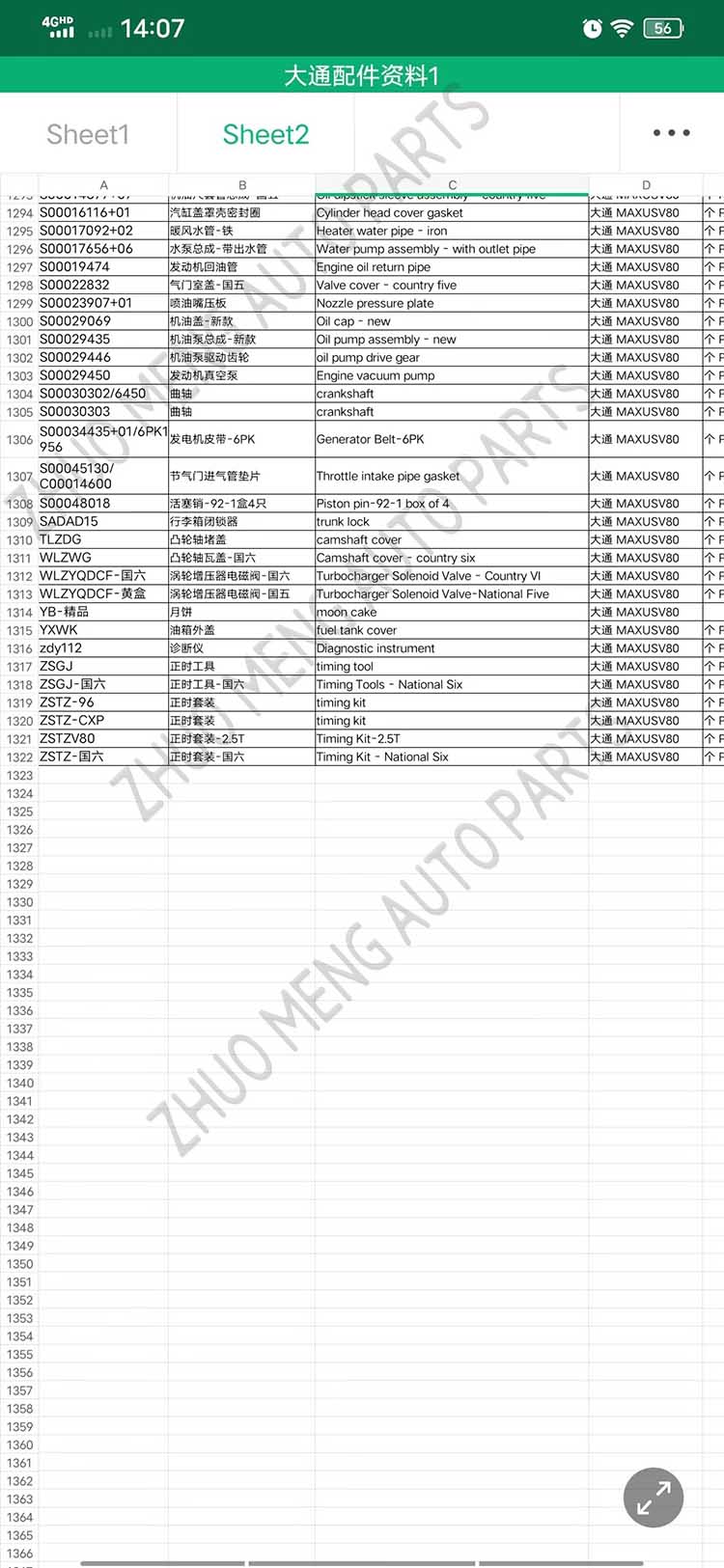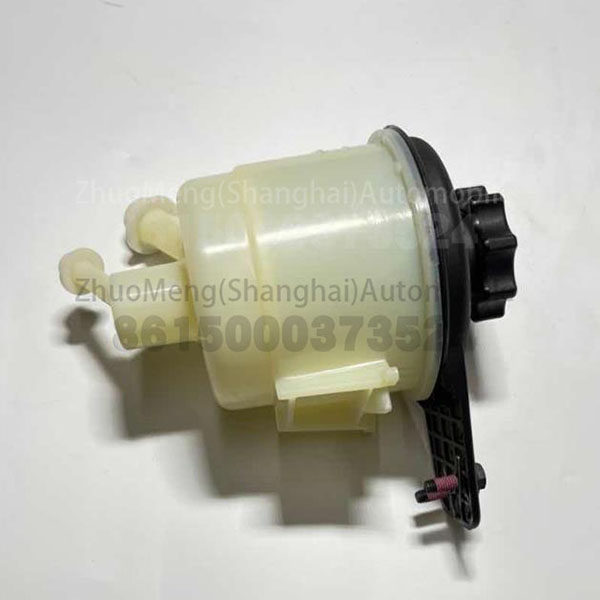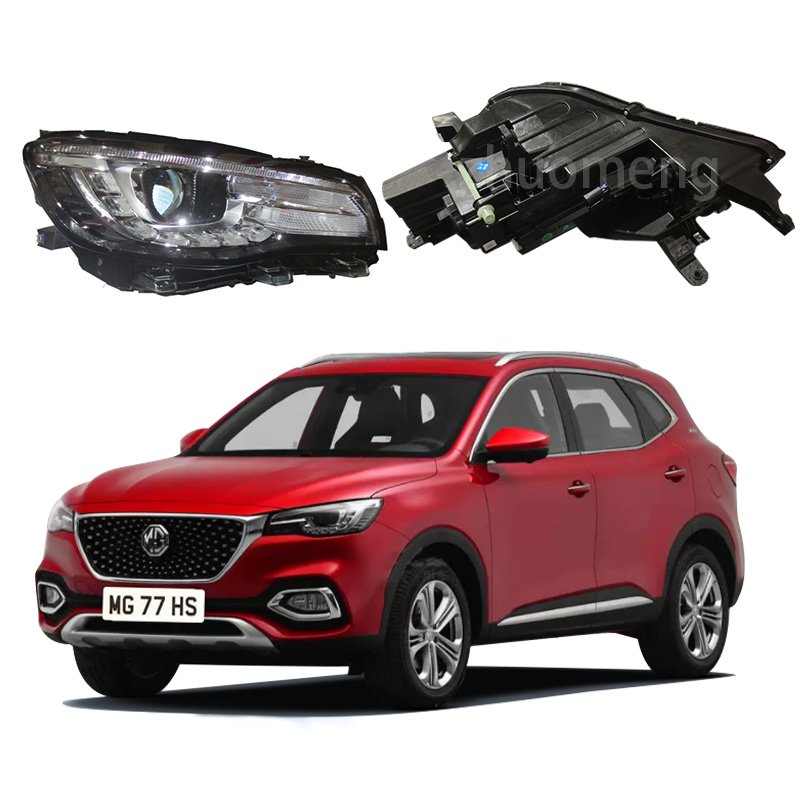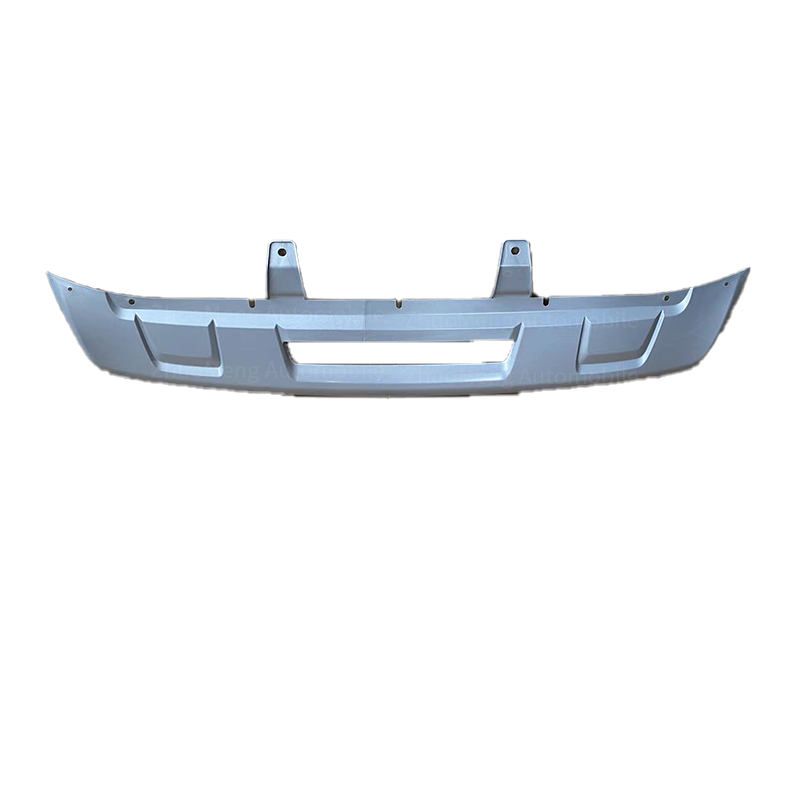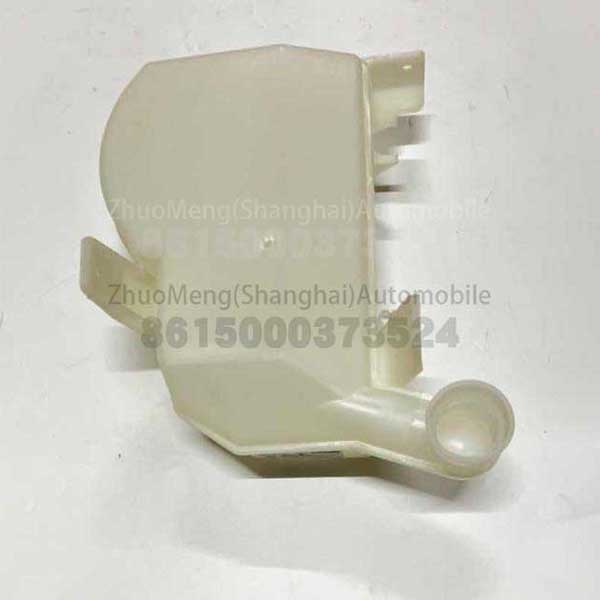Cheap PriceList for Maxus V80 Spare Parts Supplier - factory price SAIC MAXUS T60 C00047650 C00047651 rear lamp – Zhuomeng
Cheap PriceList for Maxus V80 Spare Parts Supplier - factory price SAIC MAXUS T60 C00047650 C00047651 rear lamp – Zhuomeng Detail:
Products information
| Products name | rear lamp |
| Products application | SAIC MAXUS T60 |
| Products OEM NO | C00047650 C00047651 |
| Org of place | MADE IN CHINA |
| Brand | CSSOT /RMOEM/ORG/COPY |
| Lead time | Stock,if less 20 PCS,normal one month |
| Payment | TT Deposit |
| Company Brand | CSSOT |
| Application system | Light system |
Products knowledge
Tail lights are white lights that are placed as close as possible to the stern of the boat and show an uninterrupted light. A horizontal arc of light of 135° is displayed within 67.5° from directly behind the ship to each side. The visibility distances are 3 and 2 nmil as required by the captain respectively. Used to display the dynamics of the own ship and identify the dynamics of other ships, and provide
Rear position light: a light used to indicate the presence and width of the vehicle when viewed from the rear of the vehicle;
Rear turn signal: a light used to indicate to other road users behind that the vehicle will turn right or left;
Brake Lights: Lights that indicate to other road users behind the vehicle that the vehicle is braking;
Rear fog lights: lights that make the vehicle more visible when viewed from behind the vehicle in heavy fog;
Reversing light: Lights the road behind the vehicle and warns other road users that the vehicle is or is about to reverse;
Rear retro-reflector: A device that indicates the presence of a vehicle to an observer located near the light source by reflecting light from an external light source.
Incandescent light source
Incandescent lamp is a kind of thermal radiation light source, which relies on electric energy to heat the filament to incandescent and emit light, and the light emitted is a continuous spectrum. The traditional car taillight with incandescent light source is mainly composed of four parts: incandescent light source, single parabolic reflector, filter and light distribution mirror. Incandescent lamps are simple in structure and easy to use, and are the most commonly used light sources, with stable output and little change with ambient temperature. [2]
led
The principle of the light-emitting diode is that under the forward bias of the junction diode, the electrons in the N region and the holes in the P region pass through the PN junction, and the electrons and holes recombine to emit light. [2]
neon light source
The light-emitting principle of the neon light source is to apply an electric field at both ends of the discharge tube filled with inert gas to generate continuous discharge. In this process, the excited noble gas atoms release photons and emit light when they return to the ground state. Filling different noble gases can emit light of different colors.
OUR EXHIBITION
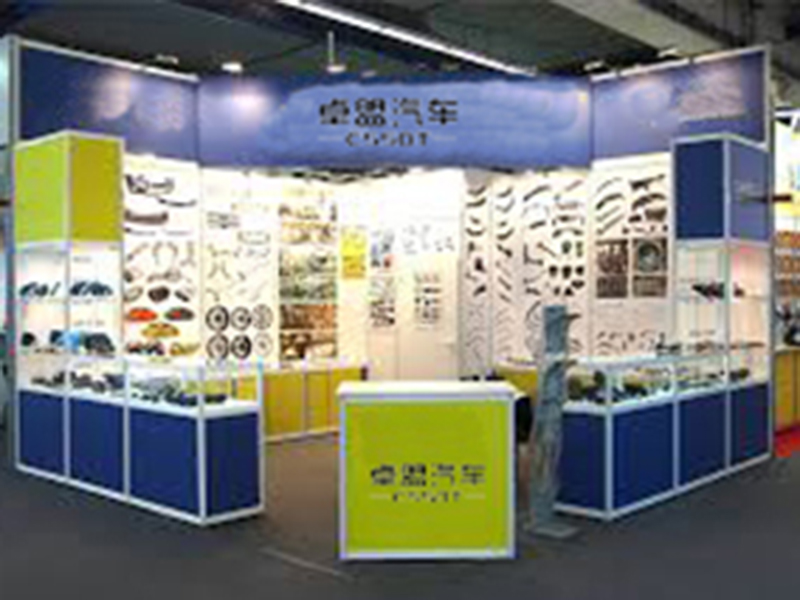
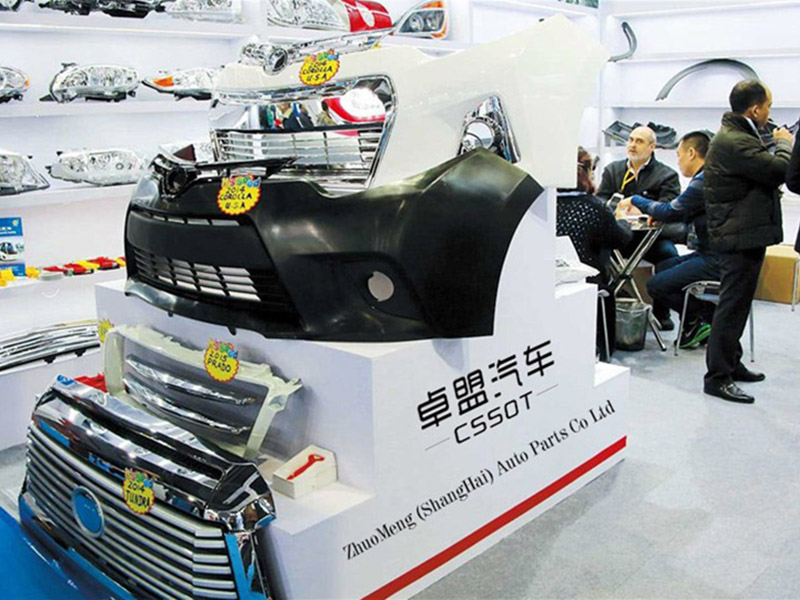
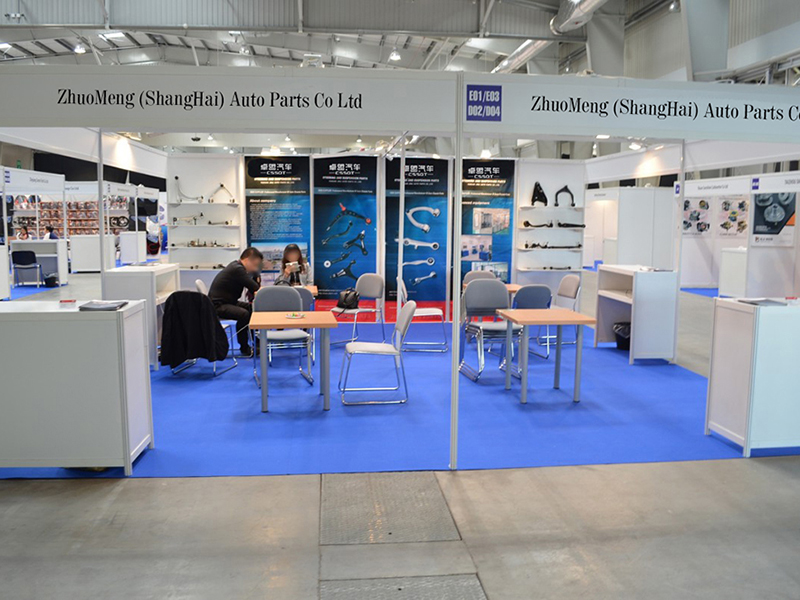

Good Feetback
Products catalog
Related products


Product detail pictures:
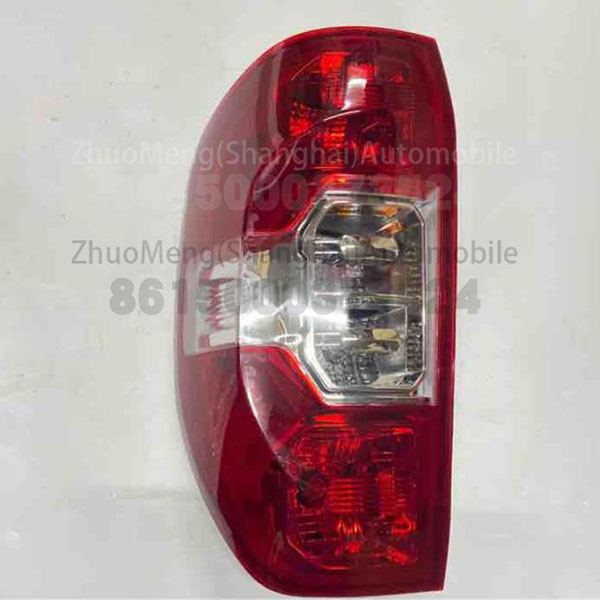
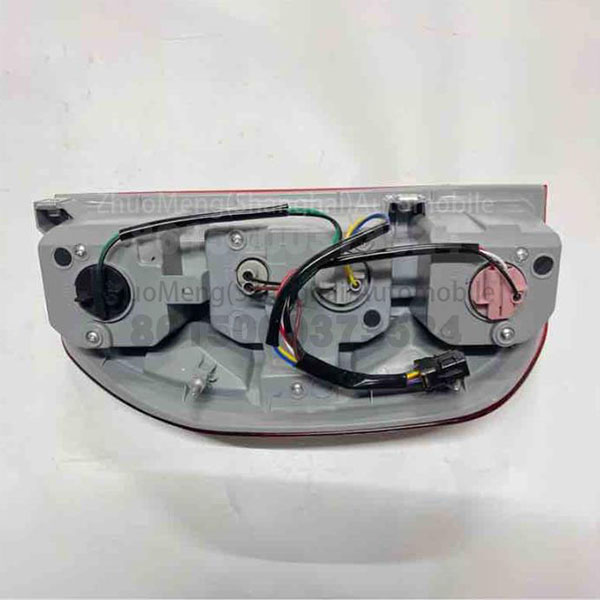
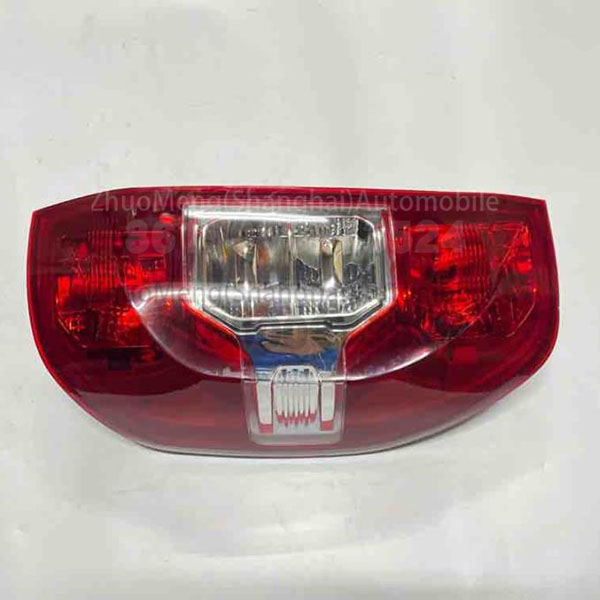
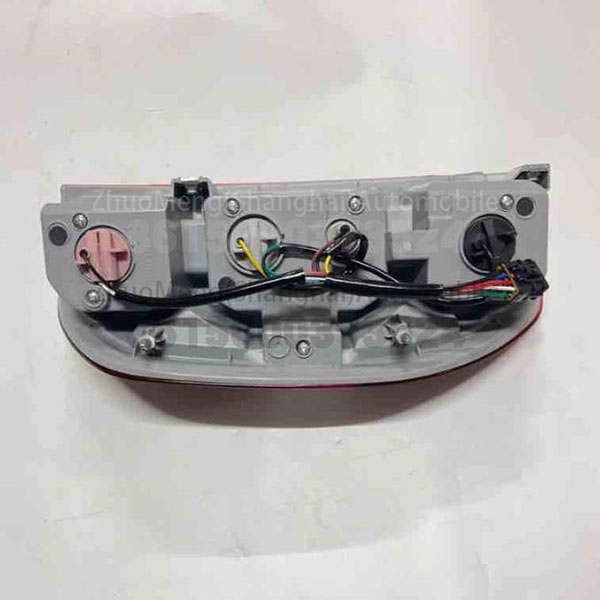
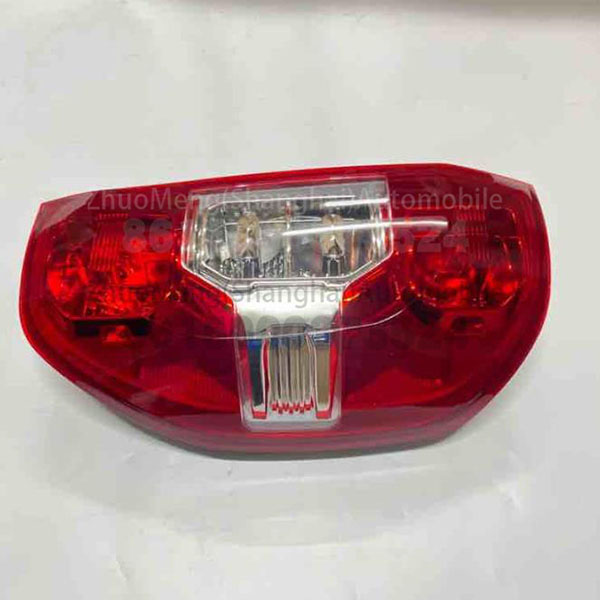
Related Product Guide:
Our products are widely recognized and trusted by users and can meet continuously changing economic and social needs of Cheap PriceList for Maxus V80 Spare Parts Supplier - factory price SAIC MAXUS T60 C00047650 C00047651 rear lamp – Zhuomeng , The product will supply to all over the world, such as: Somalia, Greek, Czech, Our company insists on the purpose of "takes service priority for standard, quality guarantee for the brand, do business in good faith, to offer skilled, rapid, accurate and timely service for you". We welcome old and new customers to negotiate with us. We are going to serve you with all sincerity!
It's really lucky to find such a professional and responsible manufacturer, the product quality is good and delivery is timely, very nice.







